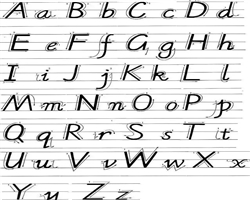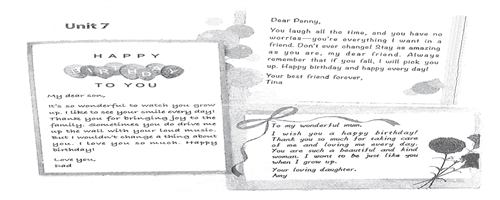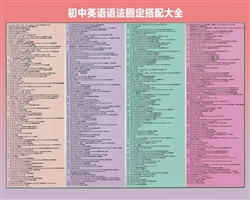The concurrently-used Administration of Mongols and the Establishment of Xing Sheng System : The administration of the Yuan Dynasty is a mixture of the Mongols and the Hans in general.
蒙汉兼用的统治机构与行省制的确立:元汉的统治机构大都是蒙汉兼用。
The central government consisted of Zhong-shusheng, Shumiyuan and Yushitai.
中央设中书省、枢密院和御史台。
Zhongshusheng controlled the national affairs. Shumiyuan controlled the military affairs and Yushitai was in charge of the laws.
中书省总理全国政务,枢密院掌管军事,御史台司监察。
In the localities Xingzhongshusheng was set up, which was abbreviated as Xingsheng.
地方设行中书省,简称行省。
Under Xingsheng there were Lu, Fu, prefectures and counties.
行省下设路、府,州、县。
Except the chief governor in the different levels of administration “Daluhuachi” was ap-pointed in the governments of different levels, which were given to the Mongolians or the Semus, and they had the real power.
各级官署除主管官吏外,均设“达鲁花赤”,由蒙古人或色目人充任,掌实权。
The establishment of Xingsheng system is an important reform of the administration in the history of China and it strengthened the unification of the country.
行省制度的确立,是我国历史上政权机构的重大变革,它从政治上巩固了国家的统一。
Later, the Xingshengs had been developed into the names of the administrative regions,which initially laid the essential foundation for the scales of the provinces of Ming and Qing dynasties and even the modern provinces.
这些“行省”,后来发展成行政区的名称,初步奠定了明清乃至今天省区的规模。
The establishment of Xuanzhengyuan and Xunjiansi:The Yuan Dynasty set up Xuanzhengyuan in the Central to control Buddhism in the country and the administrative affairs in Tibet.
宣政院、巡检司的设置:元朝在中央设置宣政院,管理全国佛教和藏族地区的行政事务。
The subordinate officials were the Buddhist or the common people, who were in charge of the military affairs and the civil administration.
其下属官吏僧俗并用,兼管军事民政。
In the Yuan Dynasty, Tibet had been a formal administrative region under the control of the central government.
元朝时,西藏正式成为我国中央政府直接管辖的一个行政区域。
The Yuan Dynasty set up “Xunjian” on the boarder and the passes to maintain the public order.
元朝在沿边或关隘要地设置“巡检”管理治安等事。
In 1360,The Yuan Dynasty set up its “Xunjiansi” in Penghu to take charge of Penghu and Taiwan.
1360年,元朝政府在澎 湖设“巡检司”,管理渗湖和台湾。
The establishment of Military system, Relay station and Jidipu : The forces of the Yuan Dynasty consisted of the imperial guards in the Capital and the garrisons throughout the country.
军制、驿站与急递铺的设置:元朝军队分宿卫京师的禁军和驻防各地的镇戍军。
The garrisons were under the command of Shumiyuan.
镇戍军归枢密院调遣。
The Yuan Dynasty built roads extending to all directions, taking the Capital Dadu (the modern Beijing) as the center and set up relay stations in order to ^communicate with the frontiers and understand the situations in the frontiers and to deliver orders.
元朝以都城大都(今北京)为中心,修筑四通八达的交通线,并设置驿站,以便 “通达边情,布宣号令”。
At that time there were more than 1300 relay stations in the country.
全国有驿站1300多处。
Besides, Yuan had its Jodhpur to particularly deliver the urgent documents.
另外还设有专门传递紧急公文的“急递铺”。
The four classes of citizens and the national oppression : the Yuan governors divided the nationalities in China then into four classes.
四等级的划分与民族压迫:元朝统治者把全国各族人分为四等。
The first was the Mongolians. The second class was the Semis (including all the ethnics in the Northwest of our country and the people came to China from the Mid Asia and Europe). The third was the Hans (they were the Hans, the Qidans and the Jurchens etc. under the control of Jin) and the fourth was the Southerners (all the nationalities in the Southern Song regions).
第一等是蒙 古人,第二等是色目人(包括我国西北地区各族及中亚、东欧来到中国的人),第三等是汉人(原金统治区域的汉族和契丹、女真等族人),第四等是南人(原南宋统治 区的各族人)。





 。
。